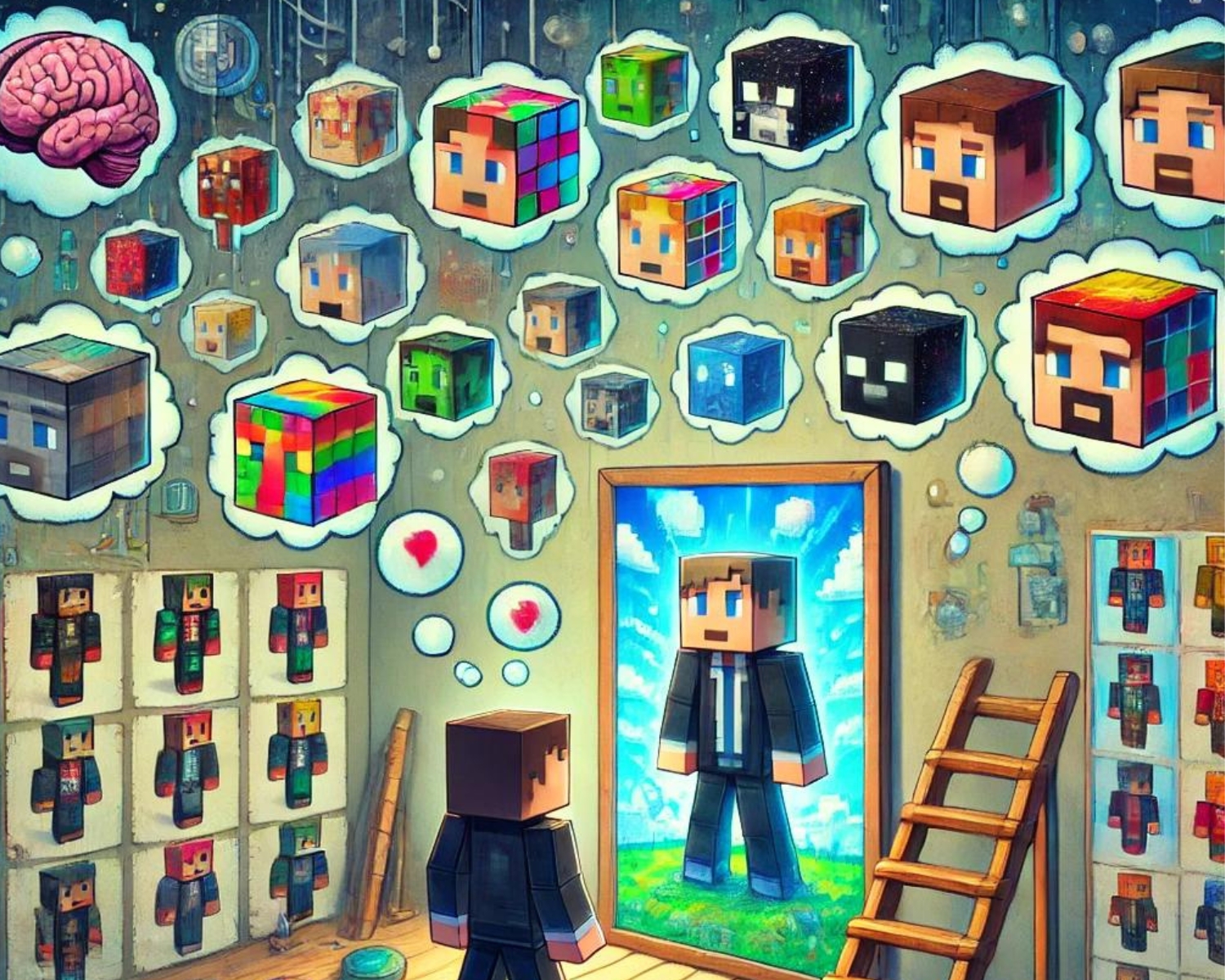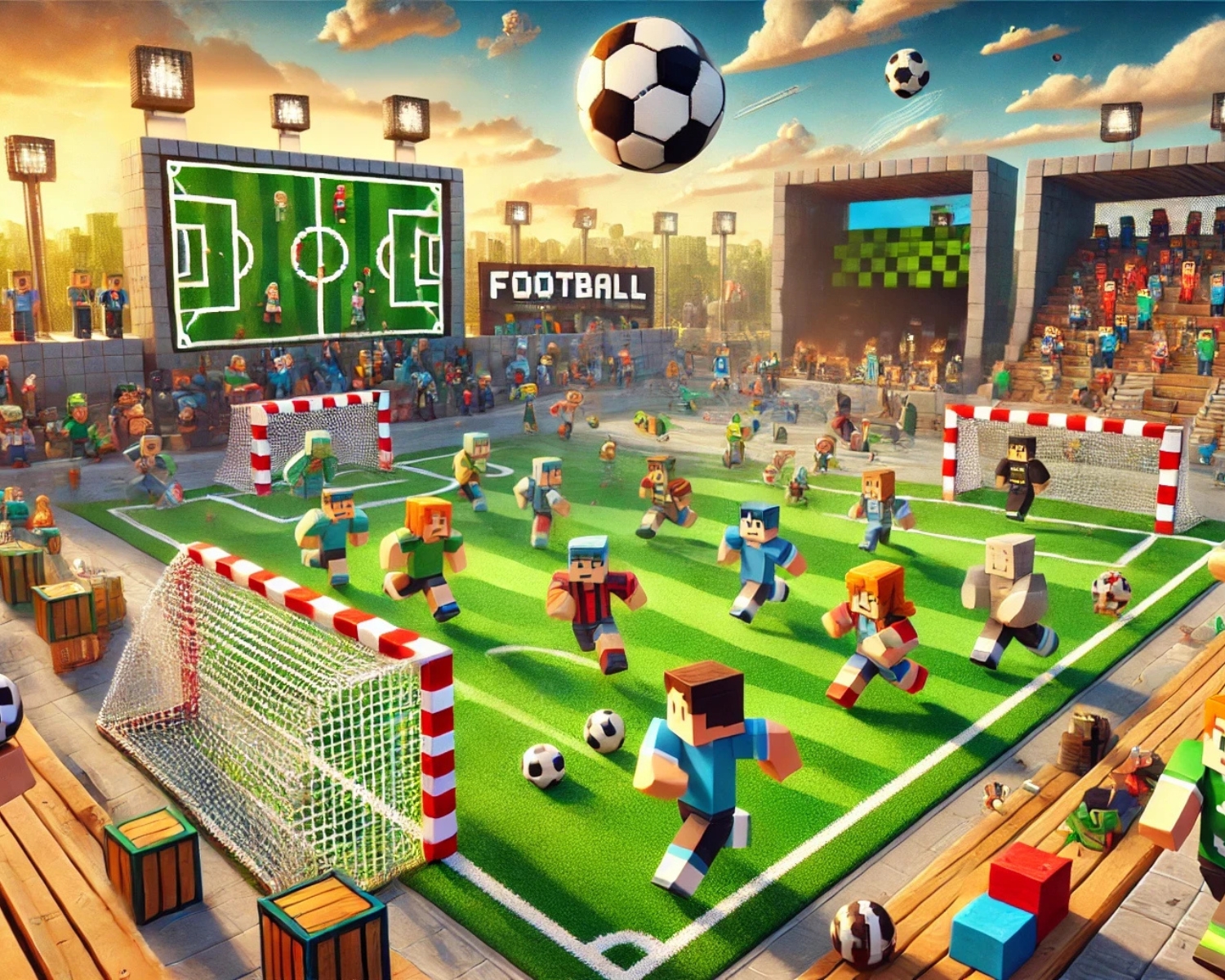
The Psychology Behind Choosing a Minecraft Skin
Introduction
Minecraft isn’t just a game about crafting and survival; it’s also a platform for self-expression. One of the unique aspects of this expression is the choice of a Minecraft skin, which serves as the digital representation of the player in the game’s world. This blog delves into the psychological aspects behind choosing a Minecraft skin, exploring how these choices reflect personal identity, social interactions, and psychological needs.
Self-Expression and Identity
Creating a Digital Self
Minecraft skins allow players to craft a persona in the game’s universe, which can be a direct representation of their real-life self or an entirely new identity. This act of creation is deeply tied to one’s sense of self and personal identity. It offers an opportunity for players, especially younger audiences, to explore different aspects of their personalities in a safe and controlled environment.
Fantasy and Escapism
Many players choose skins that represent fantasy characters, superheroes, or famous personalities. This choice can be a form of escapism, allowing players to embody traits or abilities they admire or aspire to. For example, a player might choose a superhero skin because they want to feel powerful and heroic, reflecting a deeper psychological desire to overcome everyday challenges.
Social Interaction and Belonging
Group Identity and Social Cohesion
In multiplayer scenarios, the choice of skin can also signify allegiance to a group or community within the game. Similar or matching skins can strengthen bonds among players, creating a sense of unity and collective identity. This is particularly evident in team-based activities where distinguishing friends from foes quickly can be crucial to gameplay.
Communication and Social Signals
Skins can communicate a lot about a player’s interests, personality, or status within the community. A rare or highly detailed skin might indicate a seasoned player, while a simple, default skin could suggest a newcomer. Players might choose skins that align with certain in-game roles or tasks, subtly informing others of their preferred play style or expertise.
Psychological Impact of Customization
Autonomy and Competence
The ability to customize a skin impacts a player’s sense of autonomy and competence. Game theory suggests that player engagement is significantly enhanced when players feel they have control over their actions and environment. Customizing a skin is a fundamental way to exert control and personalize the gaming experience.
Continuity Between Sessions
For long-term players, a consistent skin provides continuity in ongoing narratives or projects within the game. This continuity can be comforting and enhances the immersive experience, making gameplay a more significant part of one’s digital life.
Conclusion
Minecraft skins are a personal expression tool, reflecting a player’s identity, social interactions, and psychological needs. As Minecraft evolves, players continue to choose their skins, making them a reflection of their identity in both real and virtual worlds.
#Minecraft #GamingPsychology #PlayerIdentity #SocialGaming #GameCustomization #DigitalExpression






